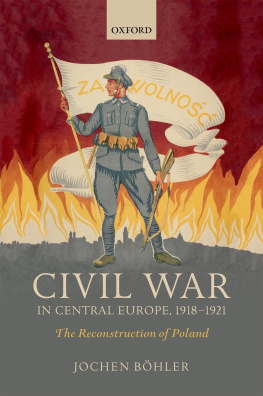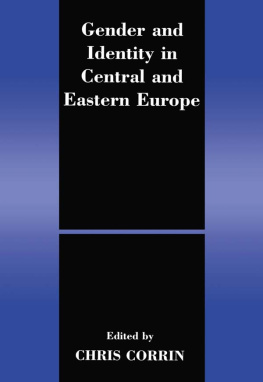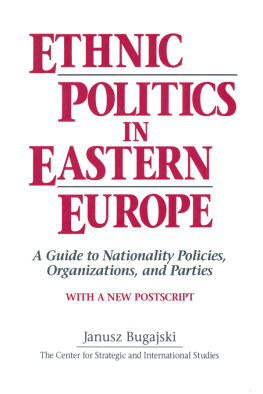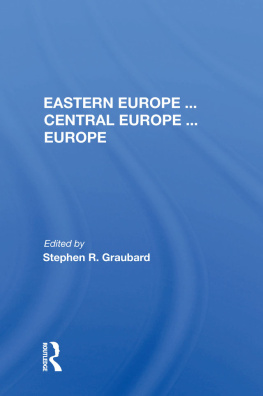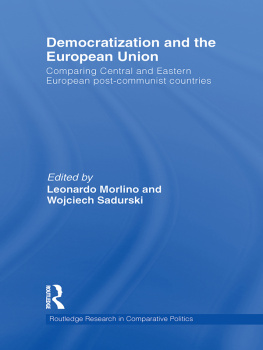Philip L. Cottrell - Rebuilding the Financial System in Central and Eastern Europe, 1918–1994
Here you can read online Philip L. Cottrell - Rebuilding the Financial System in Central and Eastern Europe, 1918–1994 full text of the book (entire story) in english for free. Download pdf and epub, get meaning, cover and reviews about this ebook. year: 2017, publisher: Taylor & Francis, genre: Science. Description of the work, (preface) as well as reviews are available. Best literature library LitArk.com created for fans of good reading and offers a wide selection of genres:
Romance novel
Science fiction
Adventure
Detective
Science
History
Home and family
Prose
Art
Politics
Computer
Non-fiction
Religion
Business
Children
Humor
Choose a favorite category and find really read worthwhile books. Enjoy immersion in the world of imagination, feel the emotions of the characters or learn something new for yourself, make an fascinating discovery.

- Book:Rebuilding the Financial System in Central and Eastern Europe, 1918–1994
- Author:
- Publisher:Taylor & Francis
- Genre:
- Year:2017
- Rating:3 / 5
- Favourites:Add to favourites
- Your mark:
- 60
- 1
- 2
- 3
- 4
- 5
Rebuilding the Financial System in Central and Eastern Europe, 1918–1994: summary, description and annotation
We offer to read an annotation, description, summary or preface (depends on what the author of the book "Rebuilding the Financial System in Central and Eastern Europe, 1918–1994" wrote himself). If you haven't found the necessary information about the book — write in the comments, we will try to find it.
Rebuilding the Financial System in Central and Eastern Europe, 1918–1994 — read online for free the complete book (whole text) full work
Below is the text of the book, divided by pages. System saving the place of the last page read, allows you to conveniently read the book "Rebuilding the Financial System in Central and Eastern Europe, 1918–1994" online for free, without having to search again every time where you left off. Put a bookmark, and you can go to the page where you finished reading at any time.
Font size:
Interval:
Bookmark:

2 Park Square, Milton Park, Abingdon, Oxon OX14 4RN
711 Third Avenue, New York, NY 10017, USA
Rebuilding the Financial System in Central and Eastern Europe, 1918-1994
1. Financial institutions Europe. 2. Finance Europe. 3. Financial
institutions Europe History 20th century. 4. Finance Europe
History 20th century. I. Title II. European Banking History
Association
332.0943904
Rebuilding the Financial System in Central and Eastern Europe, 1918
1994 / Philip L. Cottrell
p. cm.
1. Banks and banking Europe, Eastern History. 2. Banks and
banking Europe, Central History. 3. Finance Europe, Eastern
History. 4. Finance Europe, Central History. I. Title.
HG2980.7.A6C67 1997
332.10943-dc21
96-40378
Transferred to Digital Printing in 2012 CIP
The publisher has gone to great lengths to ensure the quality of this book but points out that some imperfections from the original may be apparent.
Font size:
Interval:
Bookmark:
Similar books «Rebuilding the Financial System in Central and Eastern Europe, 1918–1994»
Look at similar books to Rebuilding the Financial System in Central and Eastern Europe, 1918–1994. We have selected literature similar in name and meaning in the hope of providing readers with more options to find new, interesting, not yet read works.
Discussion, reviews of the book Rebuilding the Financial System in Central and Eastern Europe, 1918–1994 and just readers' own opinions. Leave your comments, write what you think about the work, its meaning or the main characters. Specify what exactly you liked and what you didn't like, and why you think so.


